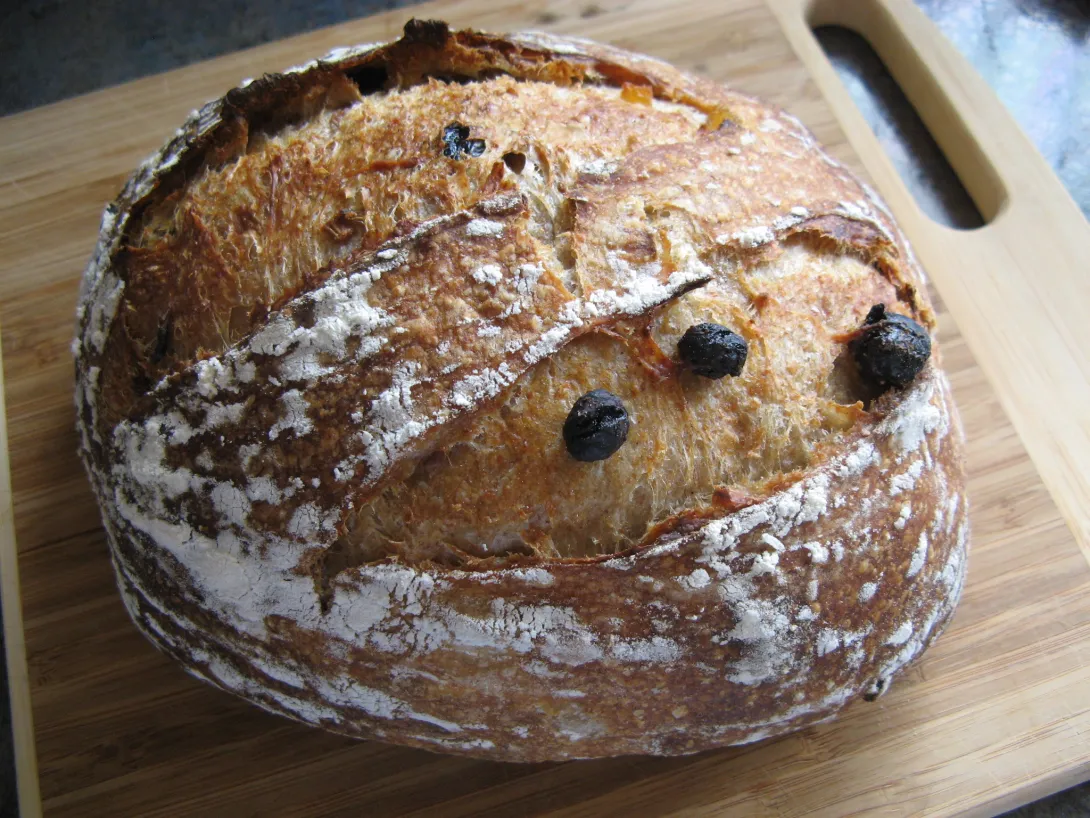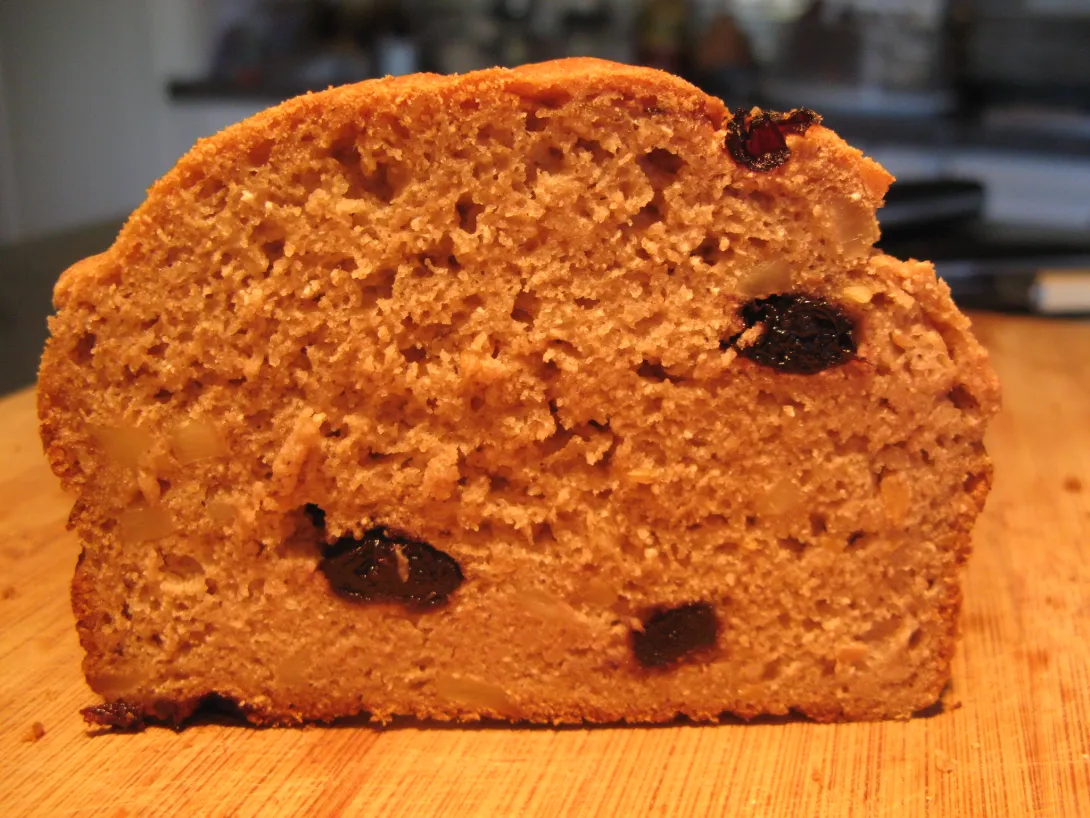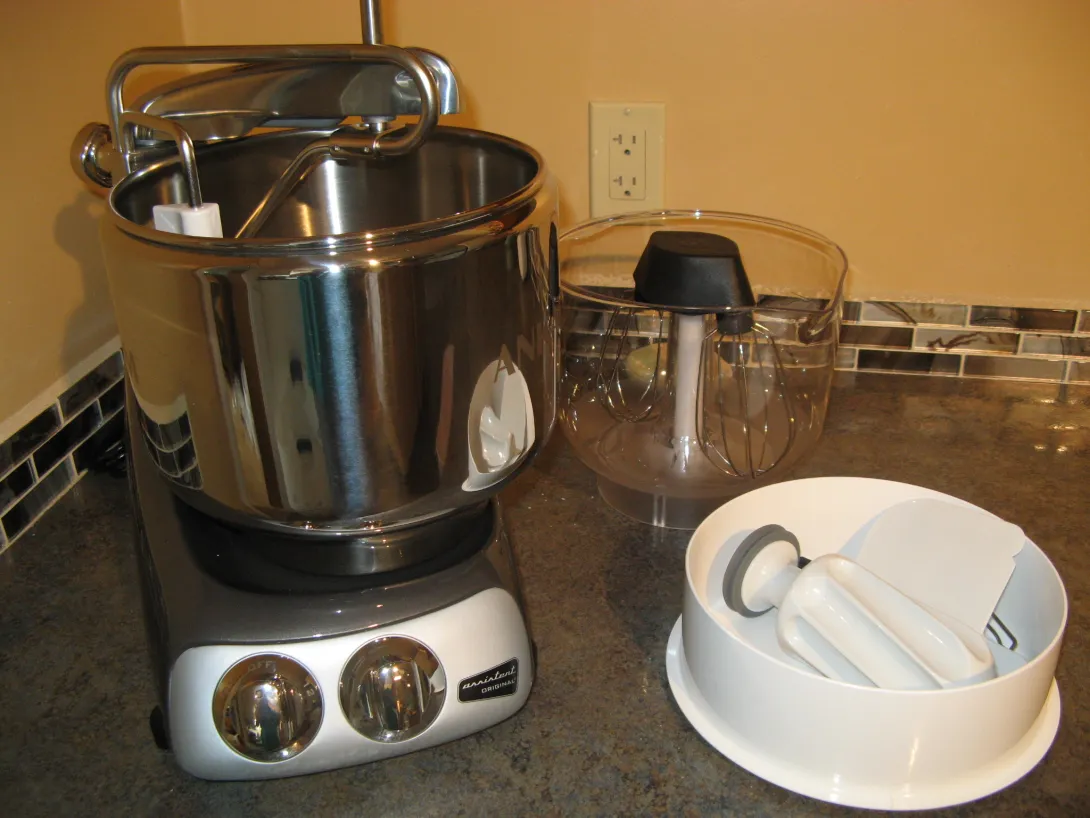Rhubarb season treat - Rhubarb Raisin sourdough

I have a profusion of rhubarb (and other things, but that's another story) from the garden right now, so I've been canning and preserving. Yesterday I made a batch of sweet pickle relish and another of rhubarb chutney. I've been thinking of how to use rhubarb in bread, so I decided to do a test loaf of sourdough ('cause, I had, like, nothing else to do, right?) with some of the chutney ingredients.
I started with my go-to formula when I'm testing ingredients rather than technique or formula - a simple 1-2-3 country sourdough.








